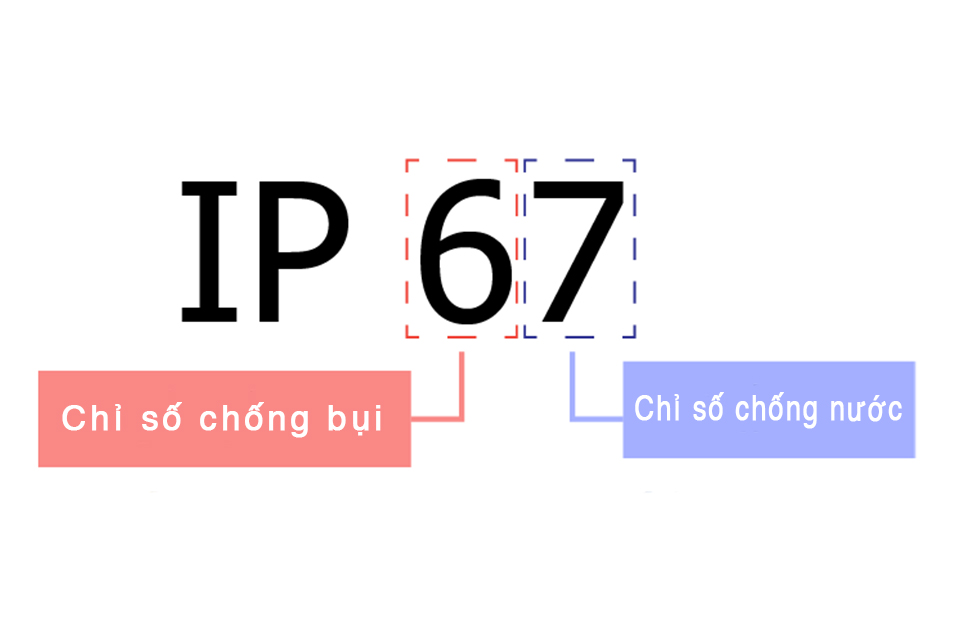
What is an IP rating?
IP (or “Ingress Protection”) ratings are defined in international standard EN 60529 (British BS EN 60529:1992, European IEC 60509:1989). They are used to define levels of sealing effectiveness of electrical enclosures against intrusion from foreign bodies (tools, dirt etc) and moisture.
What do the numbers in an IP Rating mean?
The numbers that follow IP each have a specific meaning. The first indicates the degree of protection (of people) from moving parts, as well as the protection of enclosed equipment from foreign bodies. The second defines the protection level that the enclosure enjoys from various forms of moisture (drips, sprays, submersion etc). The tables below should help make sense of it:
IP Ratings – what they mean.
IP Rated Enclosures – quick find chart
A number replaced by x indicates that the enclosure is not rated for that spec.
First Digit (intrusion protection)
- (or X – see section below): No special protection. Not rated (or no rating supplied) for protection against ingress of this type.
- Protection from a large part of the body such as a hand (but no protection from deliberate access); from solid objects greater than 50mm in diameter.
- Protection against fingers or other object not greater than 80mm in length and 12mm in diameter (accidental finger contact).
- Protection from entry by tools, wires etc, with a diameter of 2.5 mm or more.
- Protection against solid objects larger than 1mm (wires, nails, screws, larger insects and other potentially invasive small objects such as tools/small etc).
- Partial protection against dust that may harm equipment.
- Totally dust tight. Full protection against dust and other particulates, including a vacuum seal, tested against continuous airflow.
Second Digit (moisture protection)
- (or X – see section below): No protection.
- Protection against vertically falling droplets, such as condensation. ensuring that no damage or interrupted functioning of components will be incurred when an item is upright.
- Protection against water droplets deflected up to 15° from vertical
- Protected against spray up to 60° from vertical.
- Protected against water splashes from all directions. Tested for a minimum of 10 minutes with an oscillating spray (limited ingress permitted with no harmful effects).
- Protection against low-pressure jets (6.3 mm) of directed water from any angle (limited ingress permitted with no harmful effects).
- Protection against direct high pressure jets.
- Protection against full immersion for up to 30 minutes at depths between 15 cm and 1 metre (limited ingress permitted with no harmful effects).
- Protection against extended immersion under higher pressure (i.e. greater depths). Precise parameters of this test will be set and advertised by the manufacturer and may include additional factors such as temperature fluctuations and flow rates, depending on equipment type.
- (K): Protection against high-pressure, high-temperature jet sprays, wash-downs or steam-cleaning procedures – this rating is most often seen in specific road vehicle applications (standard ISO 20653:2013 Road Vehicles – Degrees of protection).
IPX Ratings
Not an entirely valid IP rating, but still occasionally seen on websites offering enclosures (but more commonly lighting). The “x” simply denotes that the value for that number is missing. You can replace it with a zero, assuming that it has not ingress protection rating. This may not be the case, but better safe than sorry. The first number denotes foreign body ingress protection, the second moisture. So “x”5 for example, means that there is no defined protection from solid objects, but protection against low pressure water jets, while 5″x” would denote partial protection from dust, but no particular protection from moisture.
While we cover a huge range of electrical enclosures, our most common IP ratings are probably 65, 66, 67 and 68. So for quick reference, these are defined below:
- IP65 Enclosure – IP rated as “dust tight” and protected against water projected from a nozzle.
- IP66 Enclosure – IP rated as “dust tight” and protected against heavy seas or powerful jets of water.
- IP 67 Enclosures – IP rated as “dust tight” and protected against immersion. for 30 minutes at depths 150mm – 1000mm
- IP 68 Enclosures – IP rated as “dust tight” and protected against complete, continuous submersion in water.













